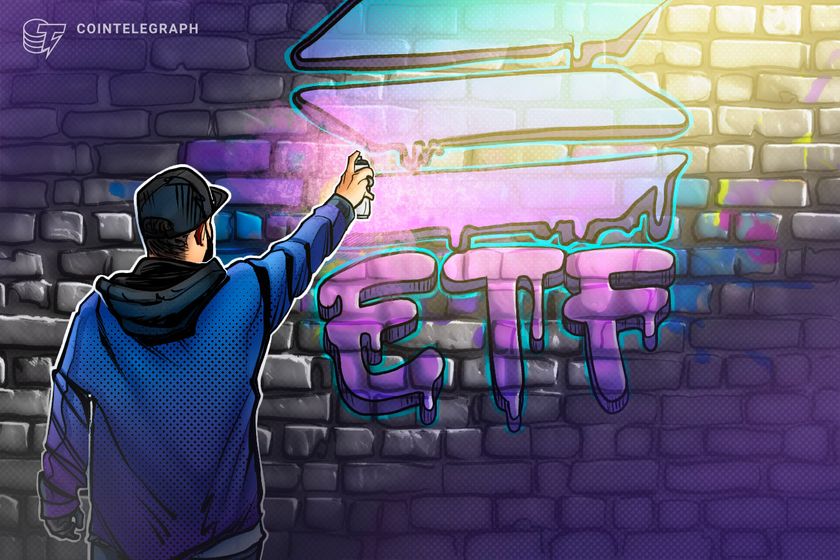Összes nyelv
Összes
2025-05
1
Today
Thursday
00:14
00:14
Forrás: 英文PANews
PANews reported on May 1 that according to the announcement of Coinbase Assets, Coinbase will support Mantle (MANTLE) tokens (ERC-20) on the Ethereum network. Transferring funds through other networks may result in loss of funds. If liquidity conditions are met, the MANTLE-USD trading pair will be launched in stages after 0:00 on May 2, Beijing time.
 Bullish
Bullish0
 Mogorva
Mogorva0
00:10
00:09
2025-04
30
23:45
23:30
23:30
Forrás: 英文PANews
PANews reported on April 30 that Coinglass data showed that in the past 24 hours, the cryptocurrency market had a total contract liquidation of $374 million, of which $269 million was for long orders and $106 million was for short orders. The total amount of BTC liquidation was $75.5542 million, and the total amount of ETH liquidation was $72.4616 million.
 Bullish
Bullish0
 Mogorva
Mogorva0
Kattintson a Továbbiak betöltéséhez...

















